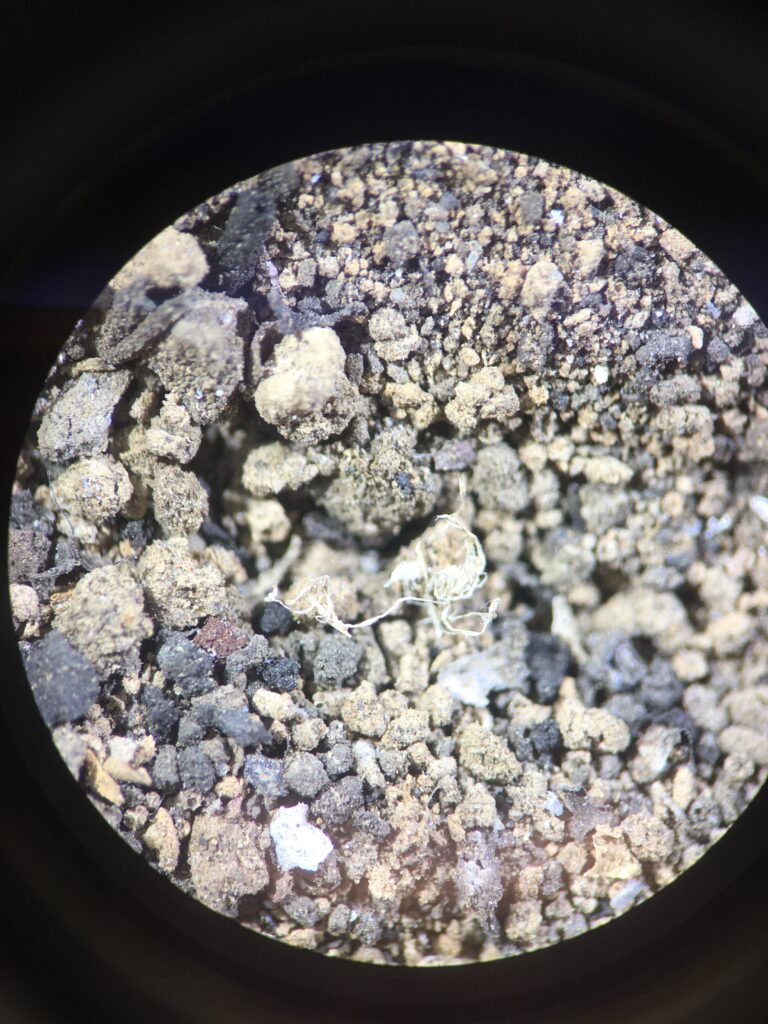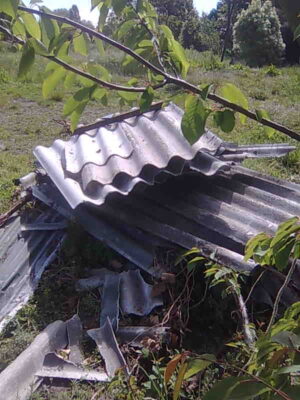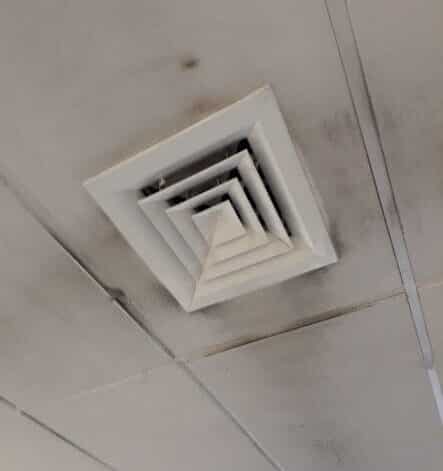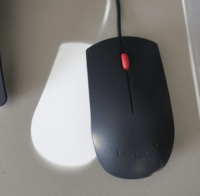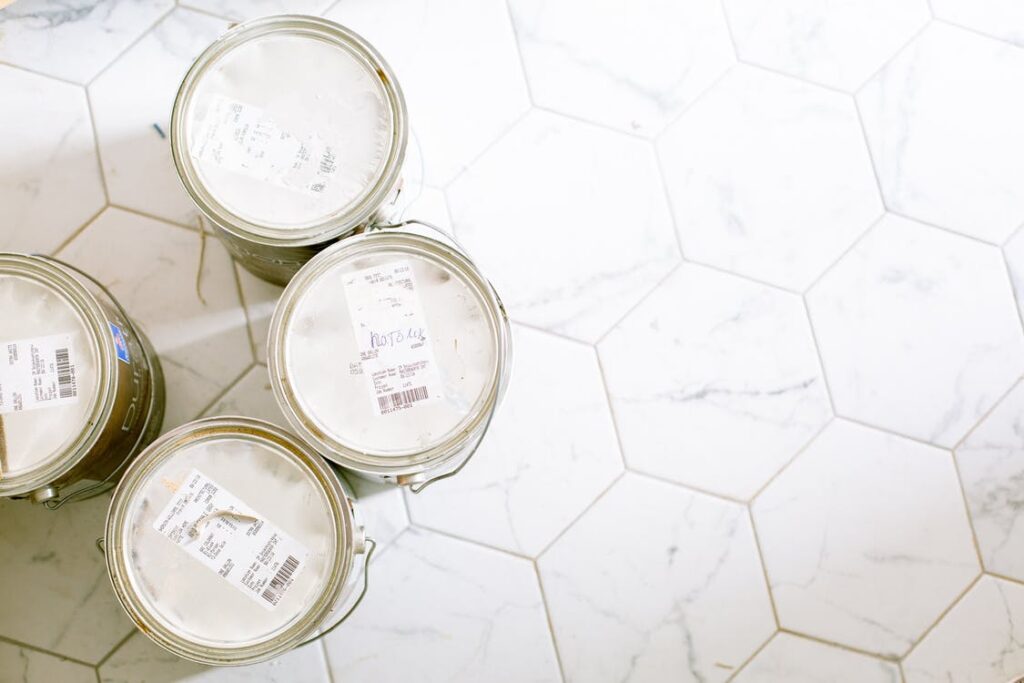Posts by k2ben
Roasted Coffee Beans and Carbon Monoxide Emissions
Coffee bean grinding and storage can be a source of carbon monoxide. It is not expected that small quantities of coffee beans are an issue. Where Does the Carbon Monoxide Come From? Roasting coffee beans involves chemical reactions which release volatile compounds. These include the compounds responsible for the aromas of roasted coffee beans as…
Read MoreWhat Should I Do If I Think My Land Is Asbestos-Contaminated?
The last blog post showed some common ways that asbestos contaminates soil. If you suspect your land may be asbestos-contaminated, what should you do about it? Is There a Risk to Health From Asbestos in Soil? The first step in a risk assessment is hazard identification. Is there actually asbestos in the soil? At K2 Environmental,…
Read MoreIs Your Land Asbestos-Contaminated?
Asbestos is a very common building material in New Zealand homes, particularly those built between 1940 and 1990. Homes built earlier may have asbestos-containing materials (ACMs) in renovations or extensions. Homes built later may still have asbestos contamination on the property from previous demolitions. How does soil become contaminated? Soil may become contaminated in the…
Read MoreWhat Are Those Black Marks Around Air Vents?
It is common for offices and homes to have black marks surrounding the vents on the ceiling. Sometimes this is misattributed to mould, but is usually a sign that there is fine particulate present in the air. It gathers around ceiling vents due to static electricity, air flow and the condensation of water. Particulate Inside…
Read MoreFire-Damaged Properties – A Risk To Health
Risks to Health There exists a significant risk to health after a fire has been extinguished. Toxins such as dioxins, hydrogen cyanide, acrolein, formaldehyde, volatile organic compounds (VOCs) and many other toxins can be expected to be present and be a risk to health. Our blog post on the Air Quality in the Auckland Fire…
Read MoreWhy Do I Feel Tired (Even After a Good Night’s Sleep)?
What role does air quality play in the quality of our sleep? How can we get a good night’s sleep?
Read MoreAir Quality in Newly-Built Homes
Residential construction in New Zealand is at levels not seen since the 1970s. The number of consents granted has been increasing since 2011. Since the 1970s, much has changed: Building codes have tightened (insulation, double-glazing etc.) Solid Rimu framing has been replaced by treated timber or steel Materials containing asbestos are no longer commonplace The…
Read MoreCar Air Quality: Risks to Health and How to Improve It
Carbon dioxide over 700ppm (parts per million) can affect your cognitive ability. Sleeping in a car without ventilation creates concentrations of carbon dioxide that can have a detrimental effect on your health (More info on CO2 and cognitive function). Background on High Carbon Dioxide High carbon dioxide (CO2) levels may indicate poor air quality and…
Read MoreIndoor Air Pollution and COVID-19
What’s happening? Many people around the world are currently being forced to stay at home to ease the spread of the Covid-19 virus. The only current permitted outdoor ventures consists of a trip to the local supermarket or pharmacy for essential supplies, or for a brief foray of solitary exercise. In New Zealand on April…
Read MoreWhy Ask for OHSAS 18001 Accreditation?
K2 Environmental are a nationwide supplier of all testing related to air quality. We provide a variety of services including: Asbestos Surveying and Testing Methamphetamine Screening (properties) Emissions and Stack Testing Noise Measurement and Testing Biological Testing (Fungus, mould and bacteria) Ambient Air Tests Silica Dust Assessment and Silica Testing Welding Fume Assessments and Welding Fume…
Read More